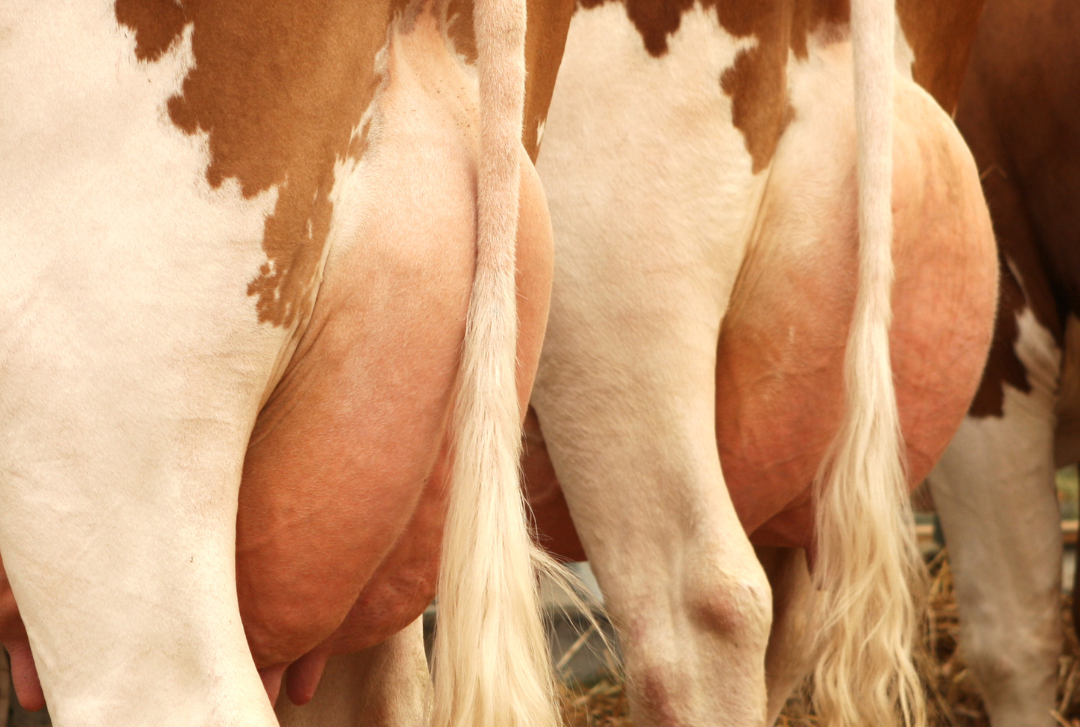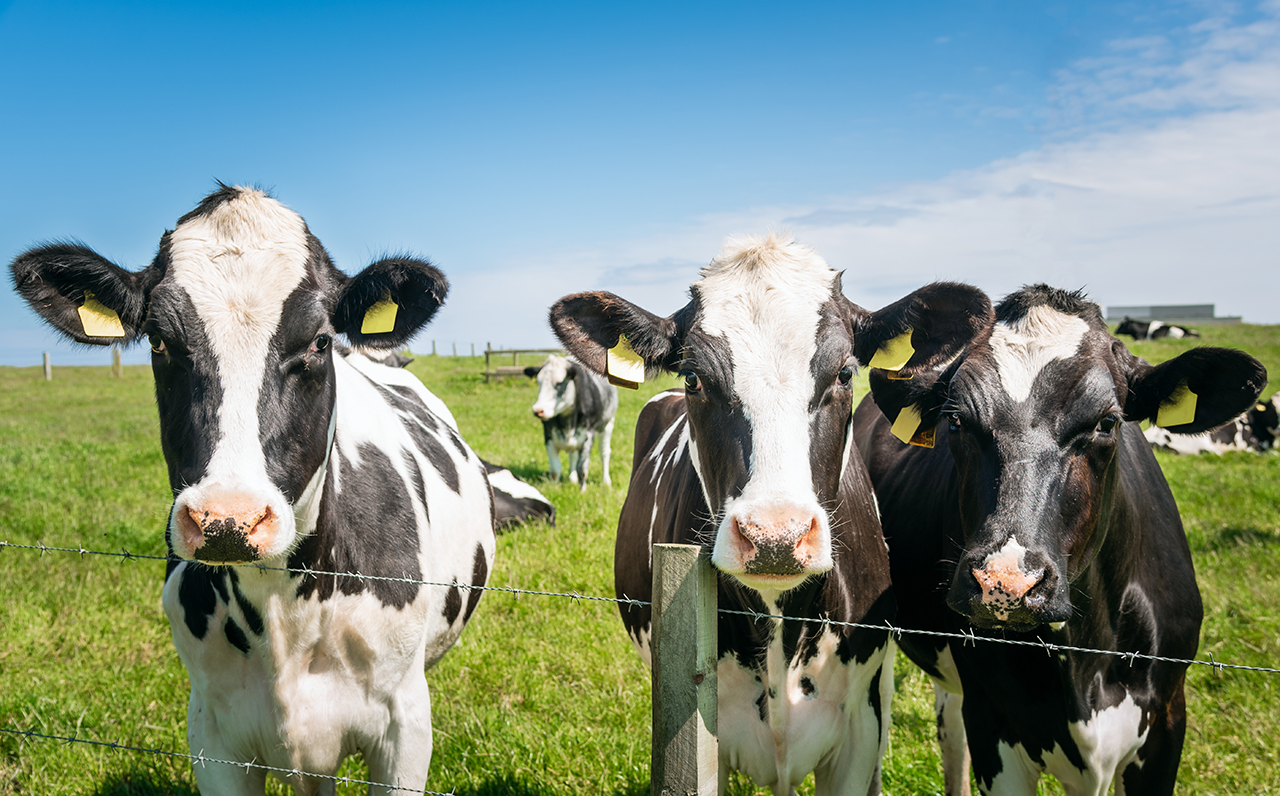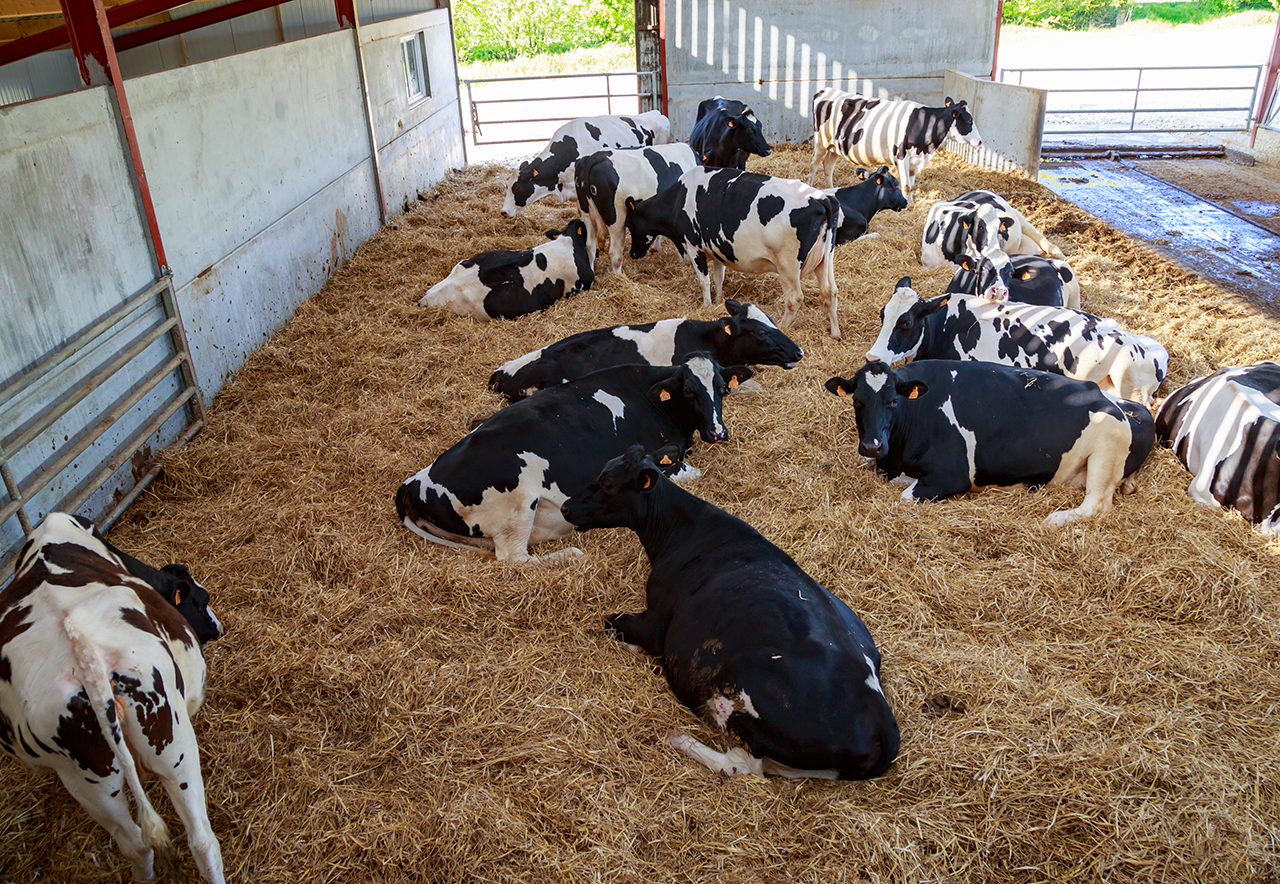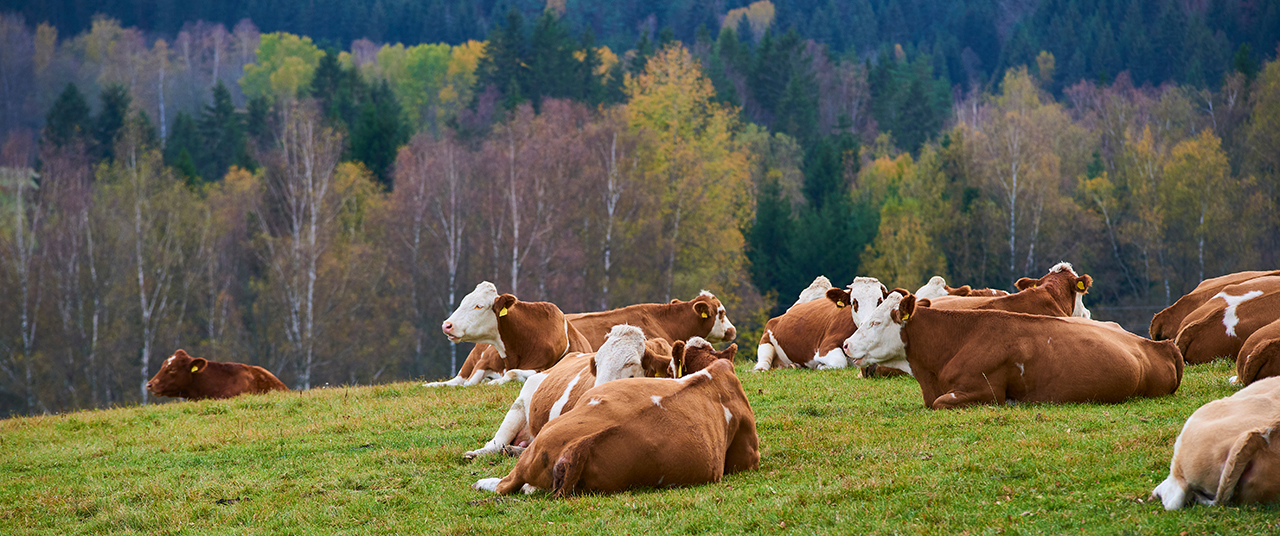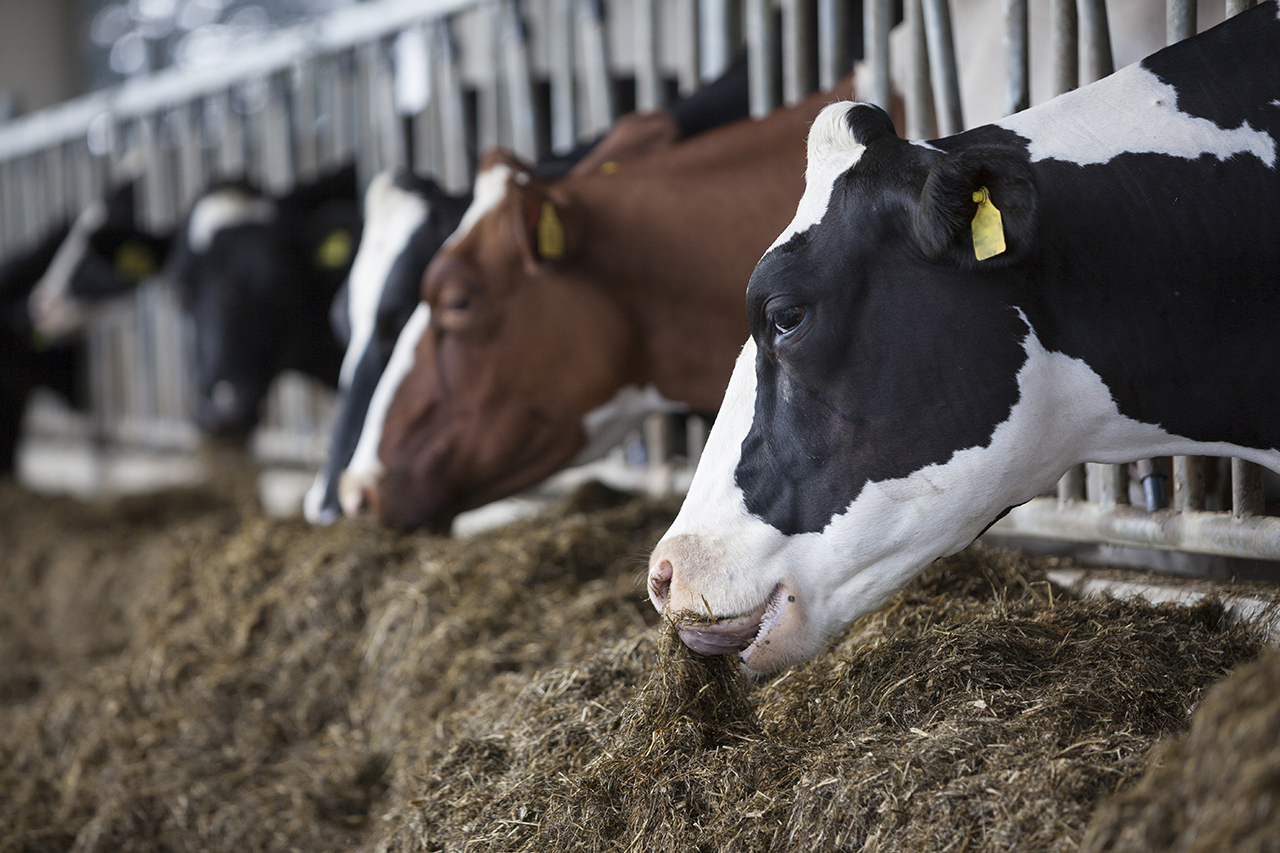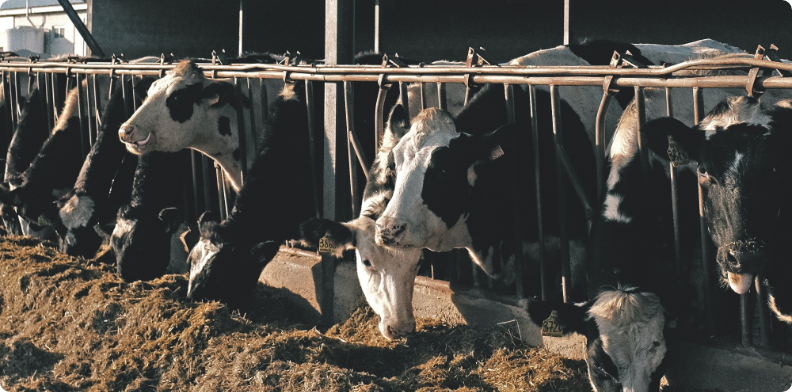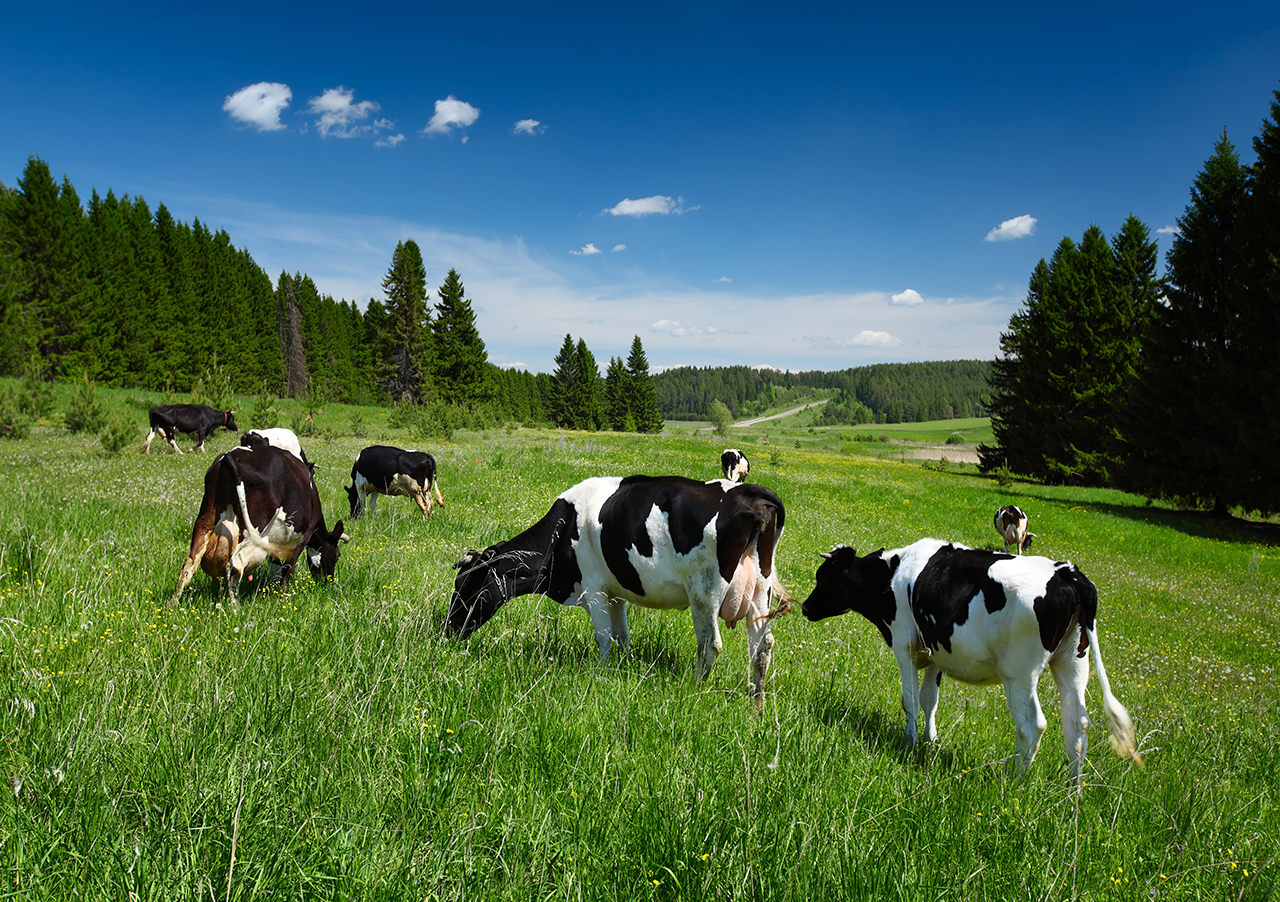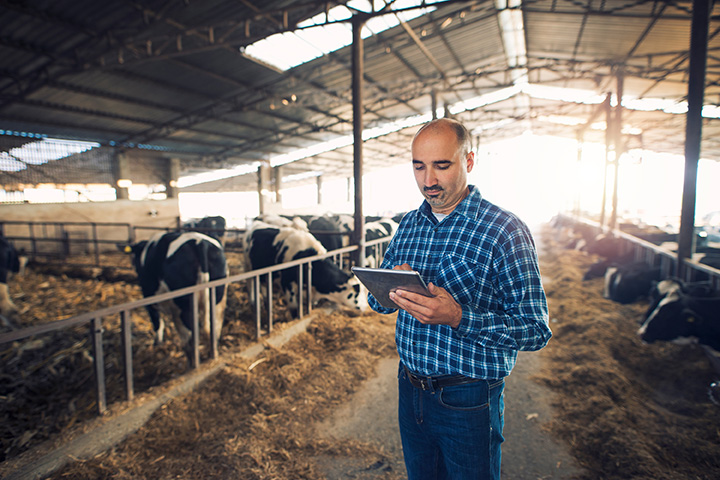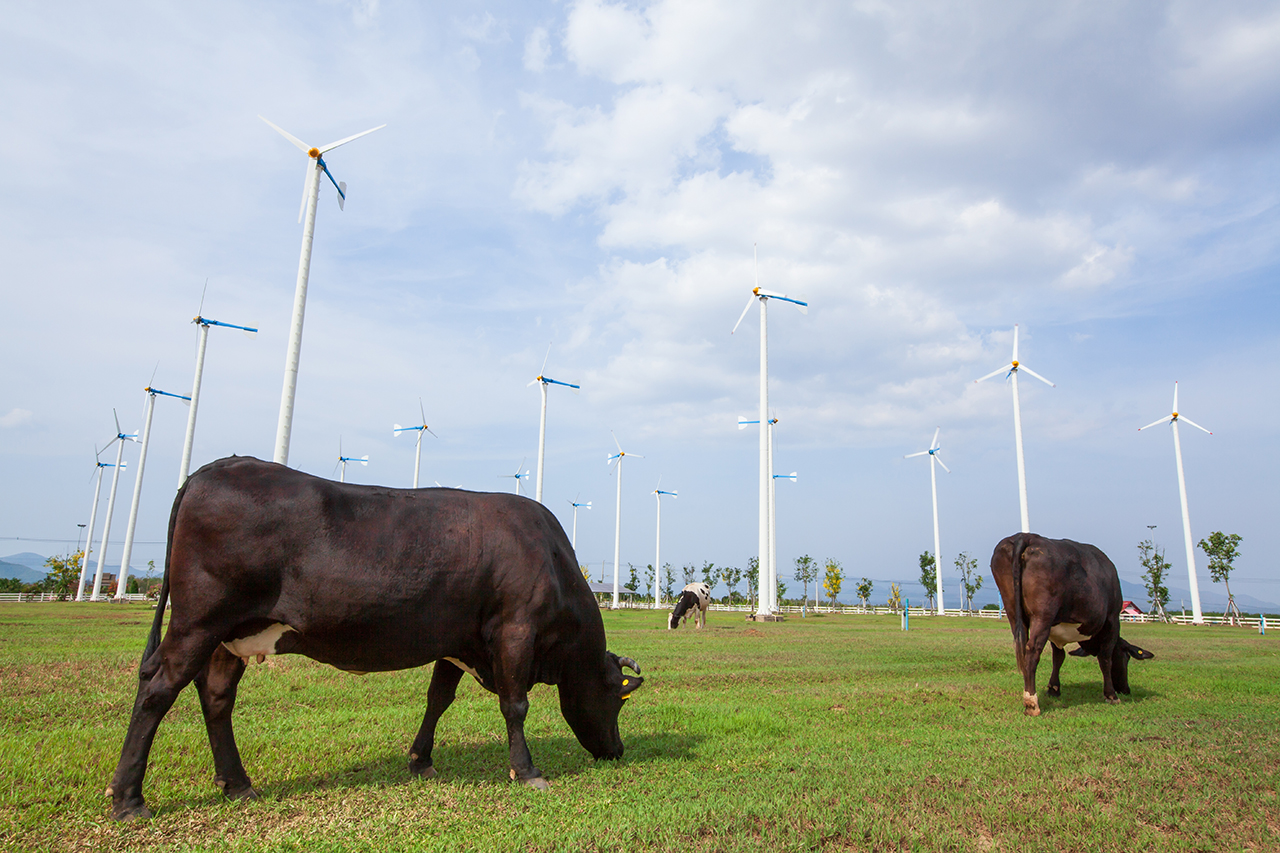Big data is transforming dairy farming and Dairy Data Warehouse has been leading the way for over 11 years
At Dairy Data Warehouse, we’ve been leading the transformation of dairy farming through big data for over 11 years. Our platform provides seamless, standardized dairy data solutions from individual cow metrics to herd-level insights that help agribusinesses, consultants, and tech providers make smarter, data-driven decisions. With access to over 120 KPIs, companies in feeding, genetics, sensors, and advisory services are using our tools to improve productivity, sustainability, and profitability. Whether you’re building precision dairy tools, enhancing animal health tracking, or benchmarking performance at scale, Dairy Data Warehouse makes dairy data work for you.
